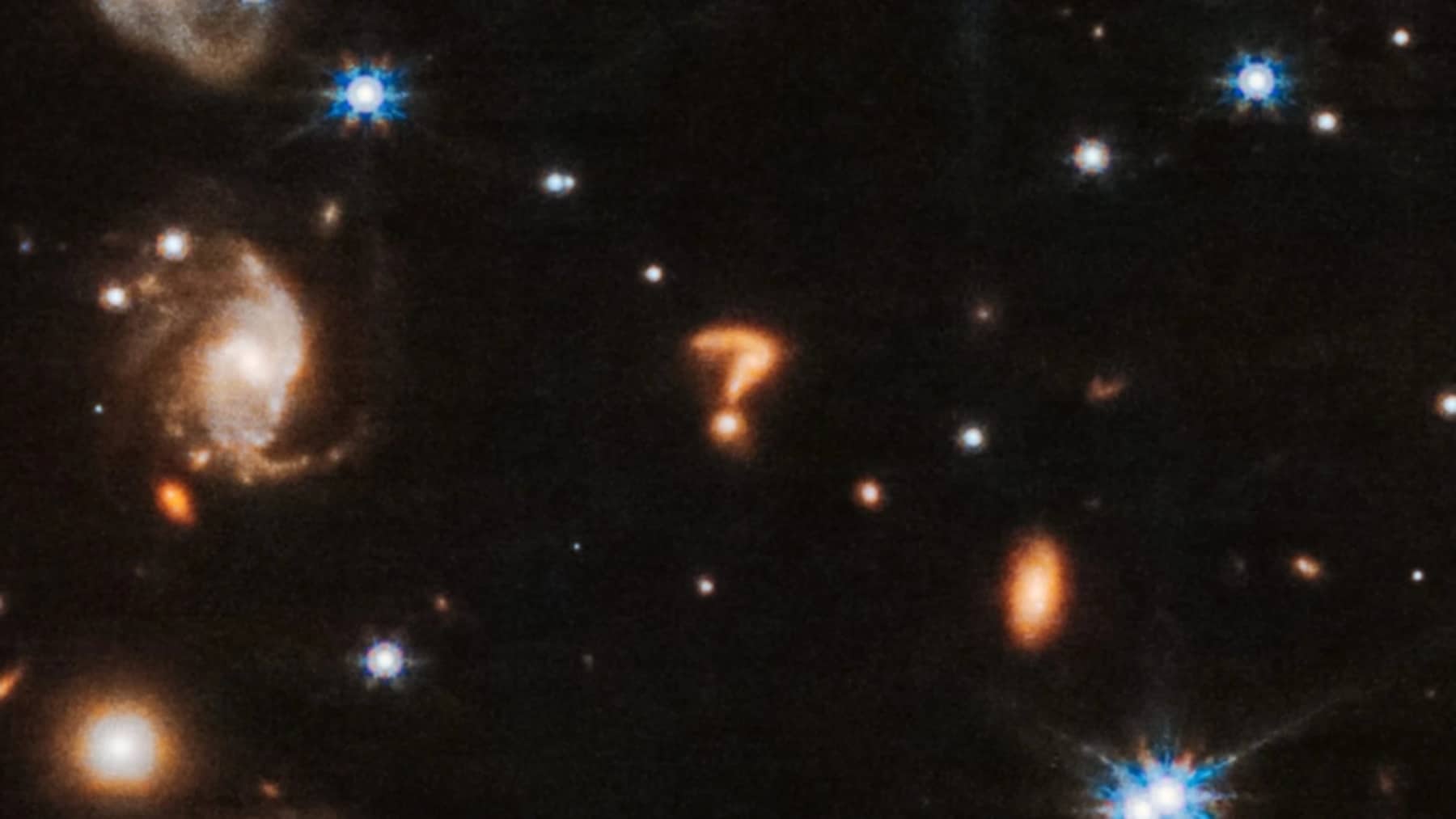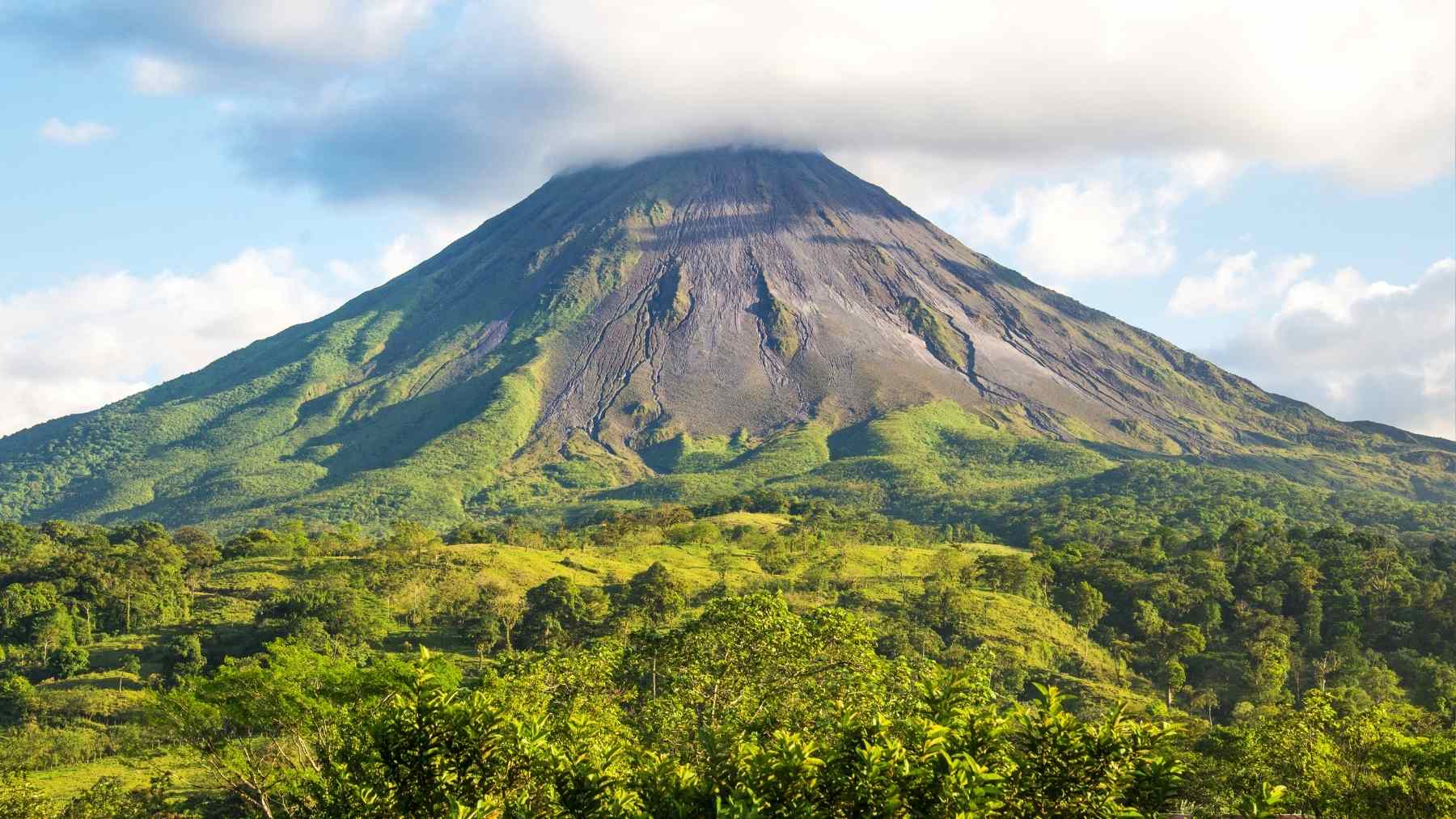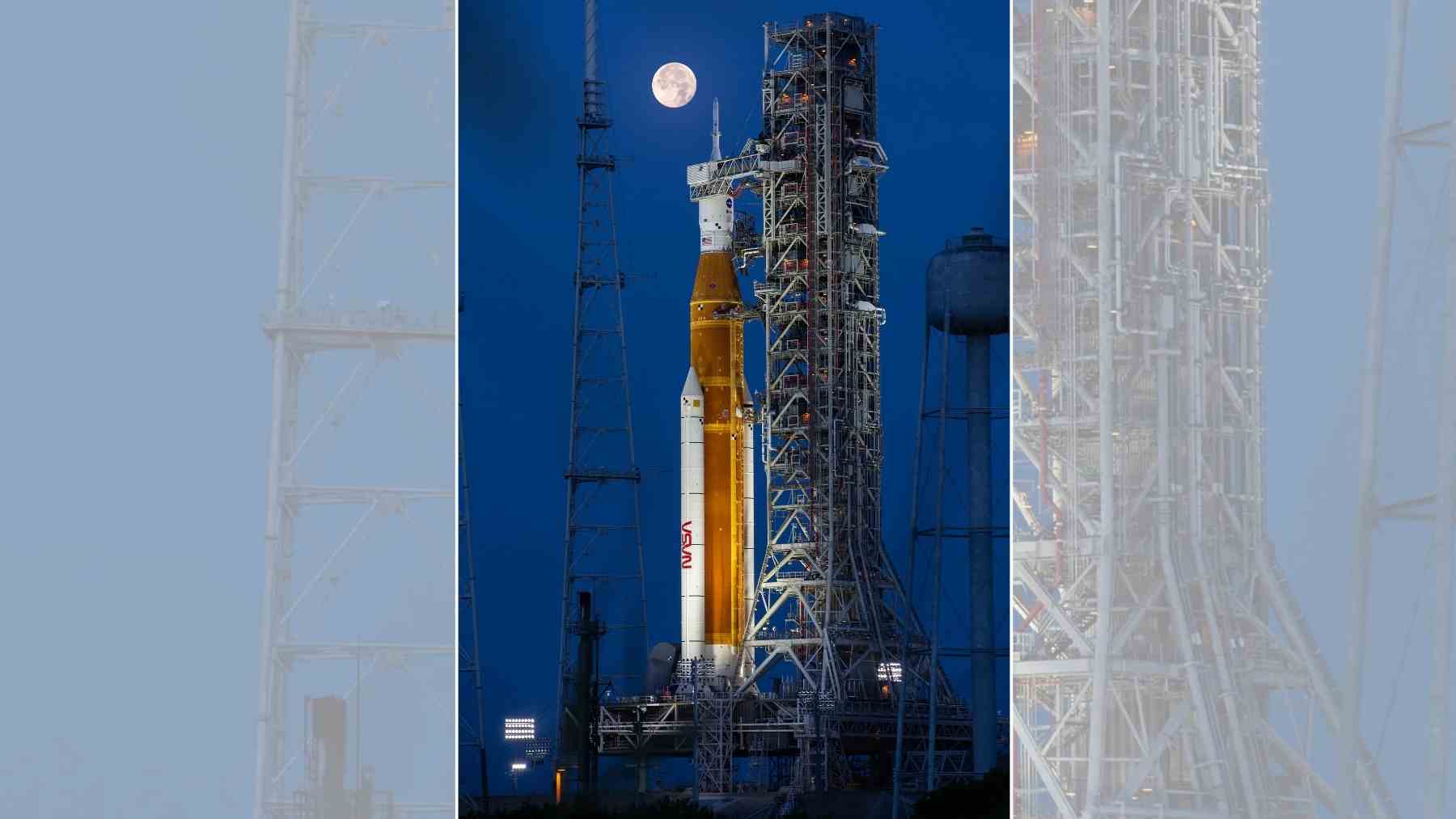In a time-critical operation, NASA’s James Webb Space Telescope (JWST) has received emergency time to observe 2024 YR4, a potentially dangerous near-Earth object (NEO), as it passes by Earth at only 12% of the distance to the Moon, while carrying a considerable impact risk: a 2.3% chance of hitting Earth in December 2032. This reflects the scientific urgency to understand the size and course of the asteroid before it raced so far from Earth that it was impossible to observe effectively. JWST is gathering vital information on its traits to help scientists calculate its threat level and decide the best way forward for planetary defense.
Asteroid 2024 YR4 poses an extraordinary threat to Earth
Discovered in December 2024 by NASA’s Asteroid Terrestrial-Impact Last Alert System (ATLAS), 2024 YR4 has rapidly risen to be the most dangerous known asteroid due to the combination of its size and the uncertainty about its exact size. Early estimates suggest the asteroid’s diameter is between 40 and 90 meters, about the size of the Leaning Tower of Pisa. The impact potential of such an object would depend significantly on its size and composition.
A smaller and very reflective 2024 YR4 would have a less catastrophic effect than a large, dark asteroid could potentially bring. Earth-based telescopes have had a challenging time measuring the asteroid’s true size because of atmospheric interference.
JWST was well equipped for the task, especially with its advanced infrared instruments, which could catch the heat emitted by the asteroid, giving researchers a much clearer and more accurate picture of the dimensions as well as the surface composition of the asteroid.
These infrared observations will enable scientists to refine their models of the asteroid’s dimensions and find out if its surface is reflective or dark, which could significantly affect risk assessments. The initial observations will be in March 2025, followed by another in May 2025, before the asteroid will be too far from Earth to be practically studied again until 2028.
NASA tracks asteroid 2024 YR4: Scientists’ concerns grow as impact probability increases
The 2024 YR4 takes four years to orbit the Sun, and its path is strongly affected by gravitational interactions with planets and larger asteroids. More than 340 observations of it from telescopes around the world have been used in modeling its predicted trajectory since its discovery.
Scientists have been able to continuously refine the asteroid’s (like NASA keeping an eye on this asteroid already close to Earth) orbit based on the data received, increasing the probability of a potential collision. Impact probability in the latest models has exceeded by 2%, prompting more concern about its potential danger. But, with those models and observations analyzed, scientists can still be hopeful as there is a 90% chance that by May 2025, the asteroid will no longer pose a credible threat as further observations refine its trajectory.
However, the trajectory of the asteroid is still not final, and all new data reveals more about the potential collision scenario. The monitoring of 2024 YR4 will continue, and it is crucial to make sure that planetary defense systems will be prepared if they one day need to be deployed.
Space agencies join forces: A global defense strategy
The risk posed by 2024 YR4 has not gone unnoticed by NASA and the European Space Agency (ESA), who are currently tracking its path as well as evaluating the risks. Should the asteroid continue to pose a significant threat, there will be advancement in planetary defense conversations.
The potential for destruction from an asteroid of this size is shown in history, like when the 1908 Tunguska explosion released the energy of a nuclear bomb over Siberia and when one of the bombs hit what we see today as the Arizona impact crater.
Such responses may include deflection missions or evacuation plans if the asteroid threatens populated regions. The International Asteroid Warning Network has set up a group of facilities and groups on planetary defense, and a detailed response strategy has been prepared in the United Nations. These will be reviewed after more data from JWST is gathered in April or May. 2024 YR4 might hit the Pacific, northwestern South America, the Atlantic, the Gulf of Guinea, & southern Asia, including India.
Though much of it is covered in water, densely populated areas are threatened, making global preparations more urgent. JWST’s observations are critical for scientists to understand as well as mitigate asteroid risks as scientists pinpoint the size and trajectory of the asteroid. The results will inform scientists if 2024 YR4 is still a threat, how to protect Earth if it is, and which defense measures must be taken.
JWST’s participation in the observation of 2024 YR4 represents a major step forward in understanding and even mitigating the threat posed by the potentially dangerous asteroids. Thanks to advances in infrared technology and collaboration between global space agencies, scientists are making great strides to be able to secure the planet at a time of heightened asteroid (like this asteroid of which the worst case scenario is devastation) awareness.














